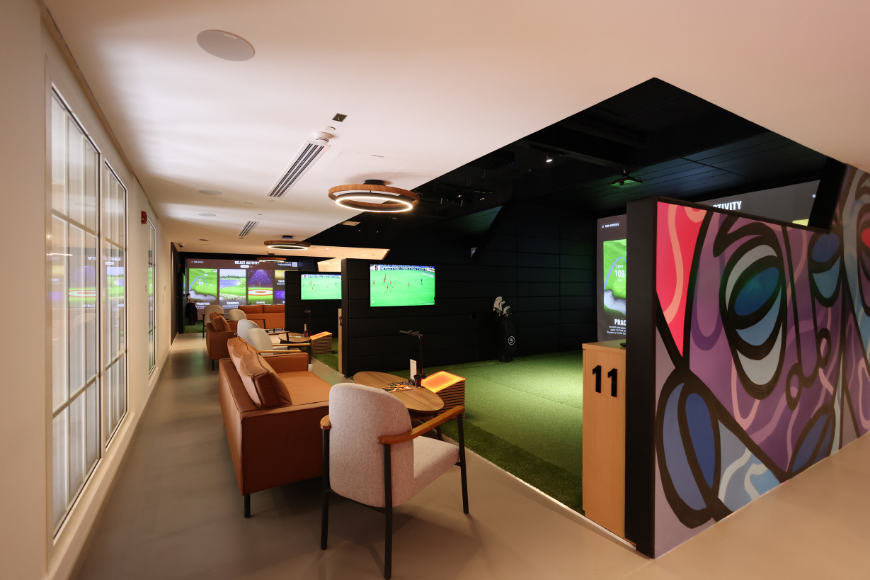17 August 2014
| Last updated on 19 April 2017Why standing desks are the future of the work place
Do you feel exhausted leaving the office each evening, even though you have been sitting down for most of the day? The more time we spend sitting, the more our muscles relax and our metabolism slows down, reducing our body to a vegetative state. In the office, our brain might be working overtime, but our core bodily functions are in neutral. The result of this is that prolonged sitting is having an overwhelmingly negative impact on our health.
Medical conditions related to excessive sitting
Decades of reduced daily activity has led to a startling increase in obesity in many nations. While obesity itself is a troubling medical condition, it is also a precursor to more serious diseases and illnesses such as cardiovascular disease, diabetes, and colon and breast cancer. To put it simply, a significant number of office workers are at risk of developing a serious medical condition if they do not introduce more physical activity into their daily lives. How can they do this, though?

Taking action
A number of small but very effective steps can be taken to increase activity. These include: opting to use the water cooler farthest from the desk, walking to talk with office colleagues instead of using the telephone, climbing the stairs instead of taking lifts or elevators, or taking a brief walk at lunchtime.
However, some health-conscious companies have begun to take action in their own unique way - by building standing work stations.
You might also be interested in...
- How to stay 'moisturised' and take on enough fluids in the UAE heat
- Workplace wellness -make sure your work isn't making you stressed
- Fitness Apps - Distraction or Tool?
Standing Desks
The idea behind standing desks is not to have each worker standing all day. The goal is to alternate between periods of sitting and standing, with the aim of increasing movement and productivity.
Before we even think about the prospect of standing while at work, we need to ensure that we are as comfortable as possible. Wearing high heels is not recommended, so flat soled shoes should be worn. Taking this a step further, Amazon sells really nifty gel mats which are super comfortable and which will help to ease foot and back pain. Shoes should not be worn if using a gel mat, allowing your feet to adopt a natural posture while standing.
For the station itself, desks can be elevated by placing blocks underneath the legs of the table. The desk should rise to a comfortable height (i.e. arms are at a 90 degree angle to the computer workstation). A suitably high office chair can then be placed beside the desk as the worker alternates between the sitting and standing position throughout the day.
Results
It may take some time to adjust to standing at work, but the long-term health benefits far outweigh any short-term inconvenience. By simply standing up and being more active than normal, we can burn an extra 50 calories per hour. Standing will help us to remain more alert and active while at our desks. Finally, it will help us to fight back against an increasingly sedentary lifestyle and excessive sitting or periods of rest.
Simplifying health insurance for you and your family
Find out more , Click here >>
Contact us:
Visit us online: www.uae-medical-insurance.com
Call us on: 04 279 3859




.png?itok=HBSyMDok)









































































.png)


























.png?itok=0fOAXkOm)

























.png?itok=EH_x0Pha)

